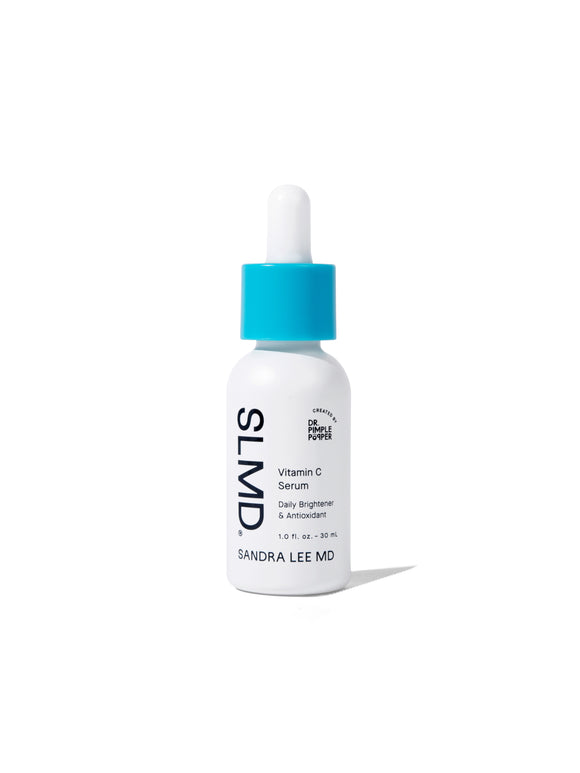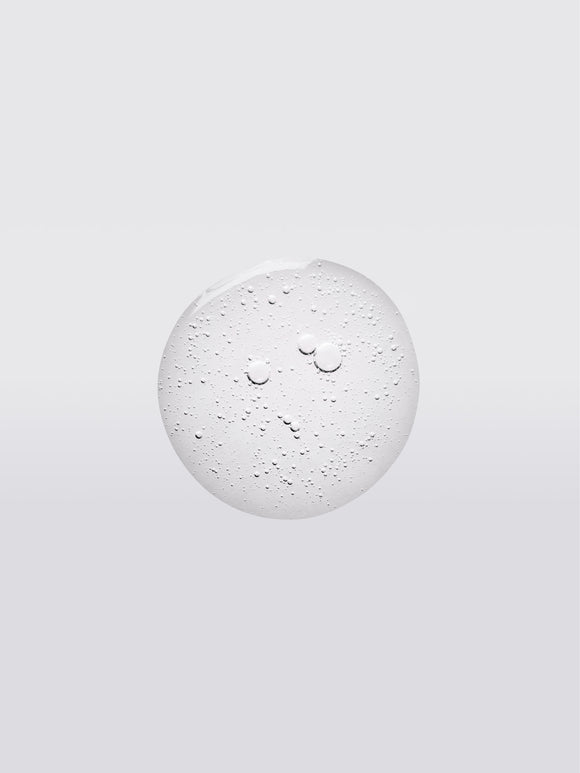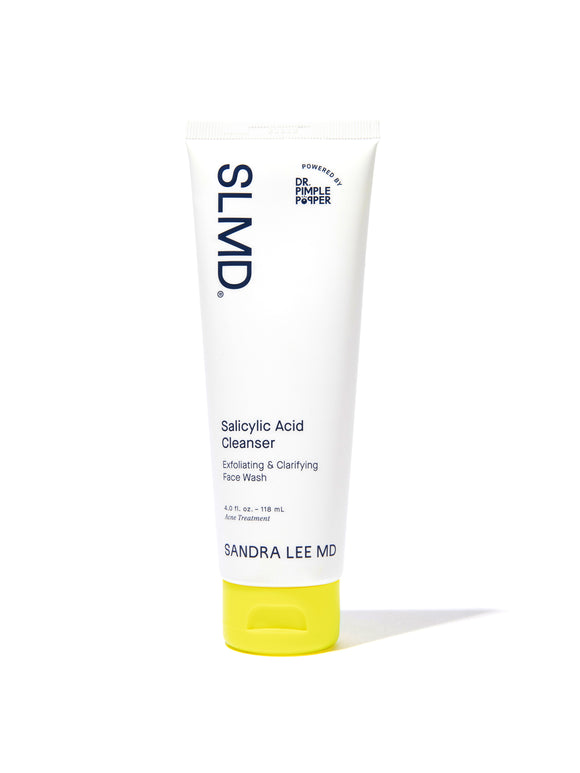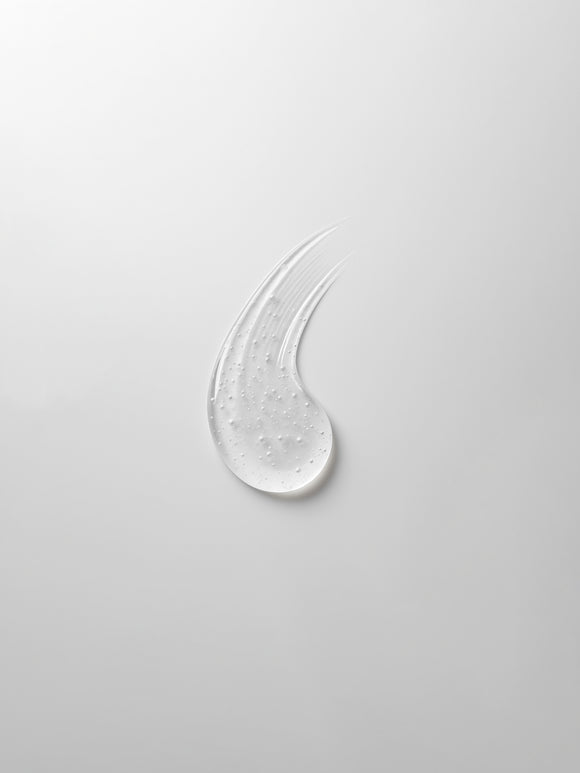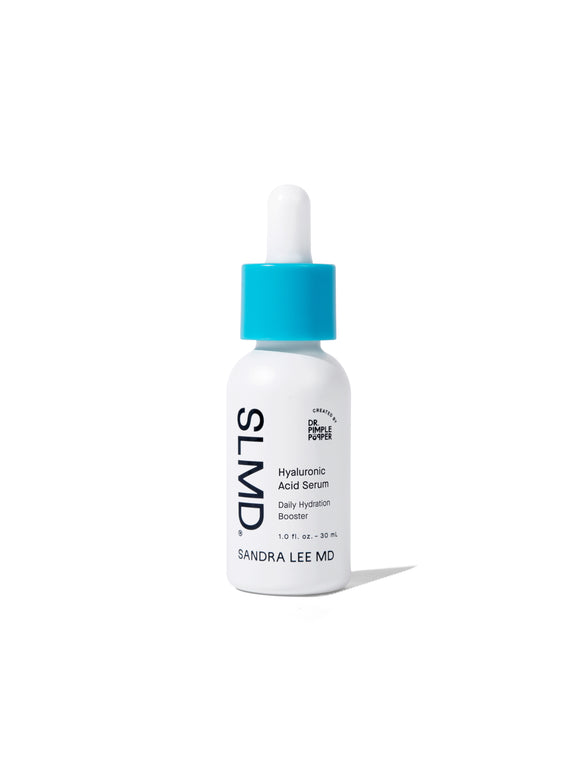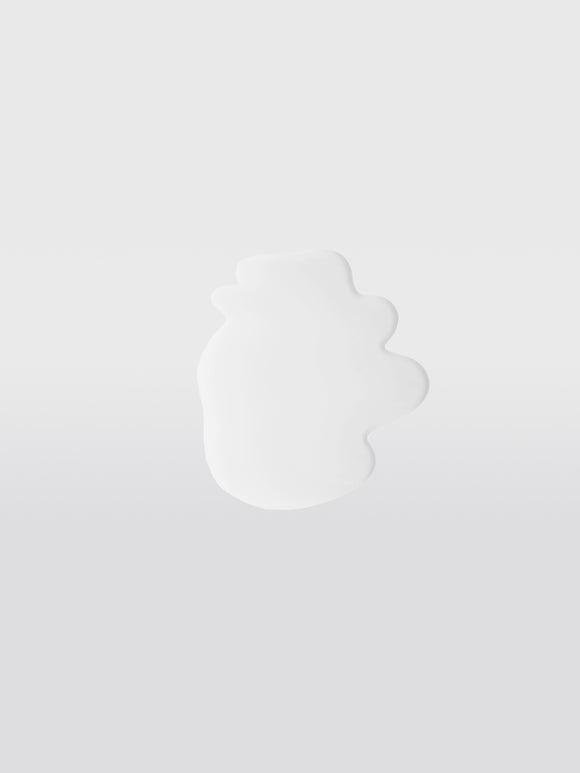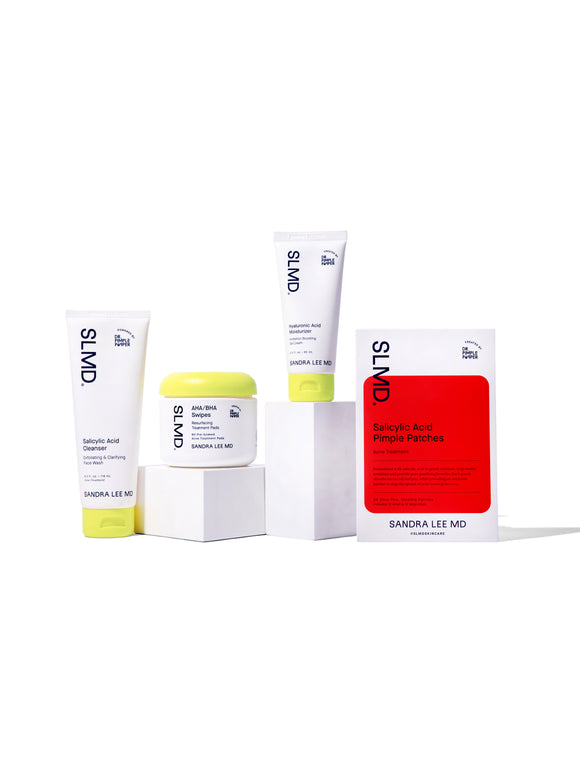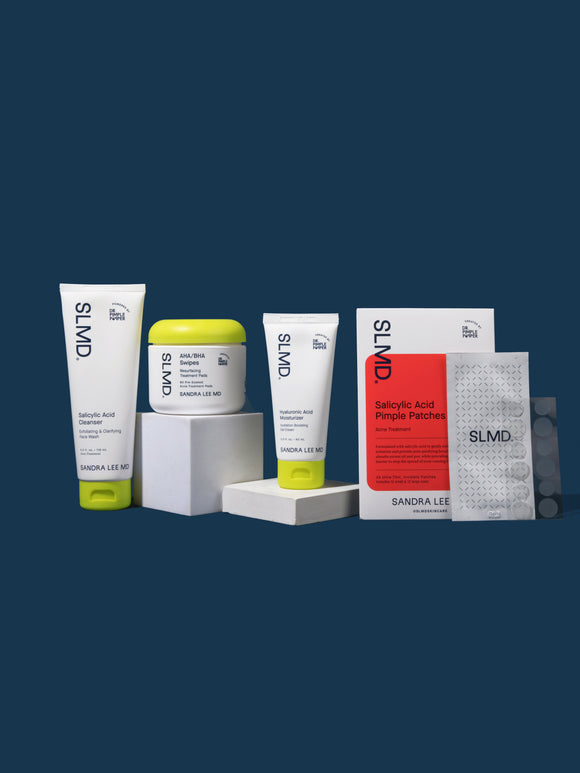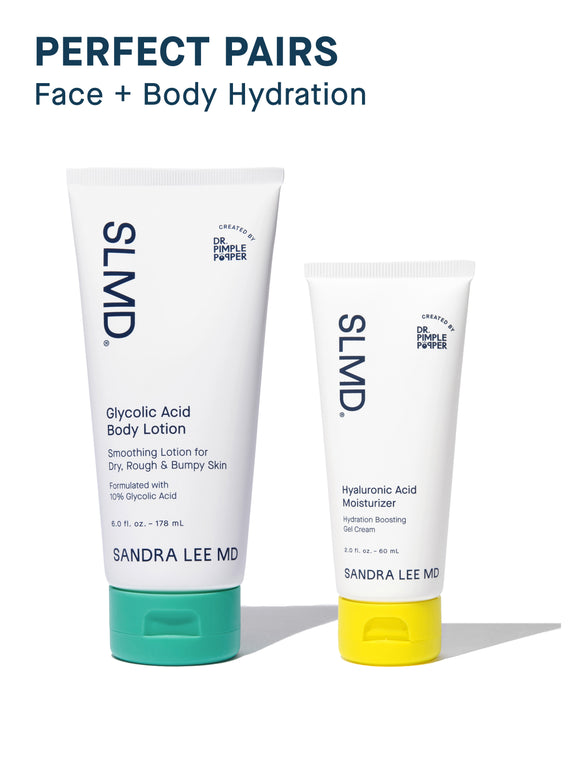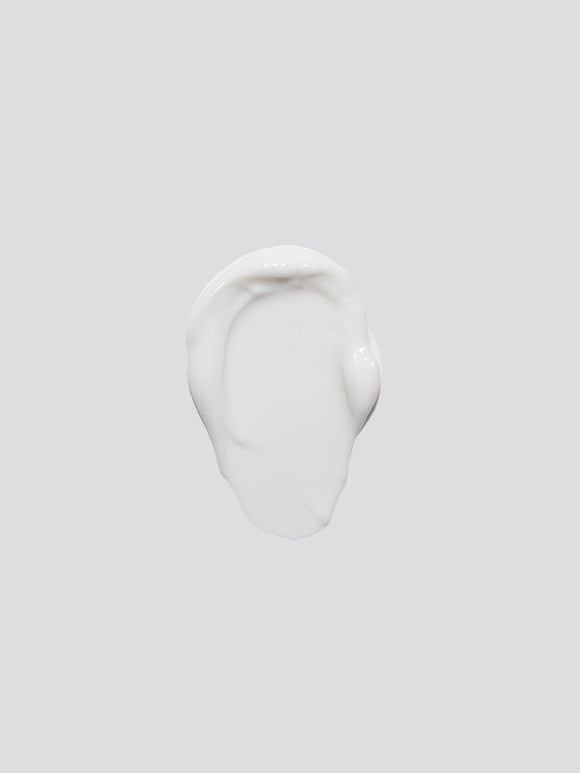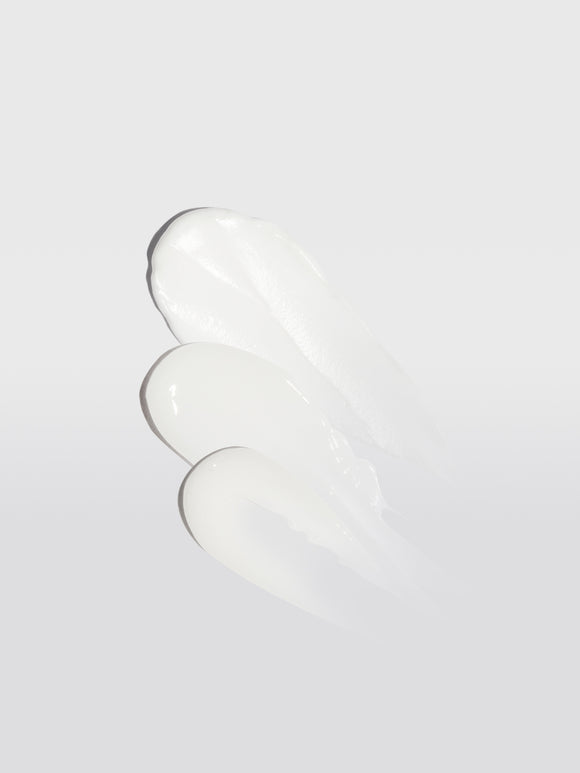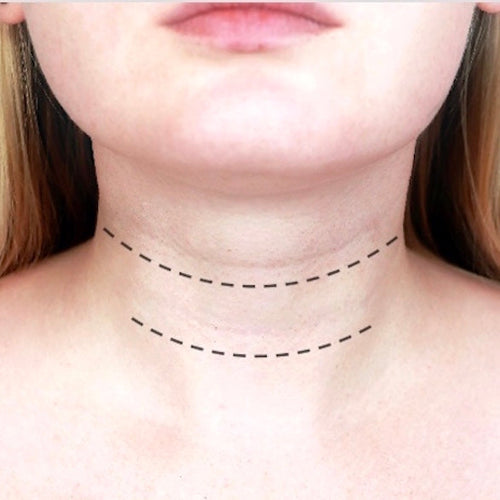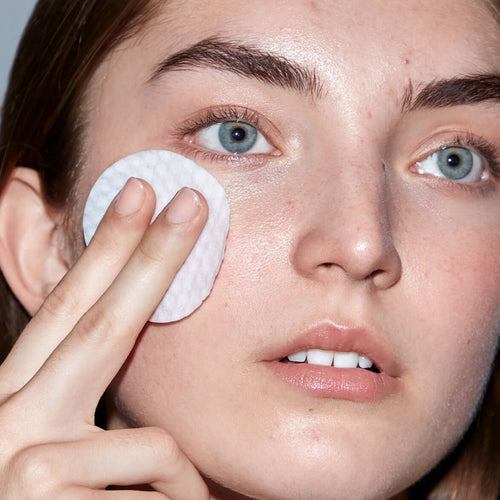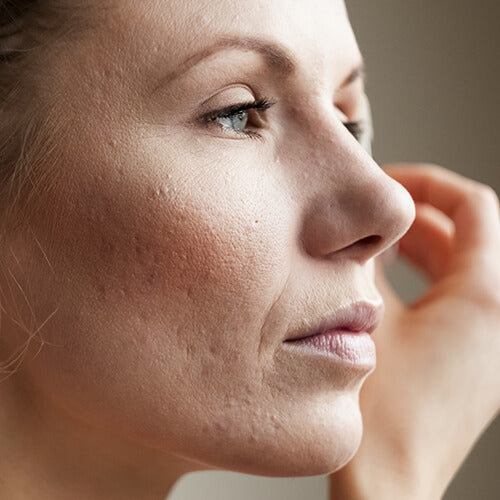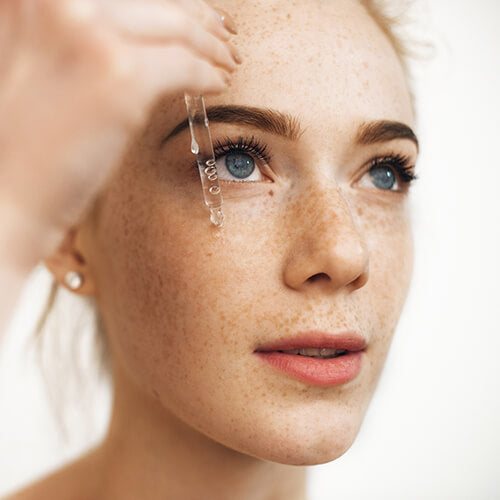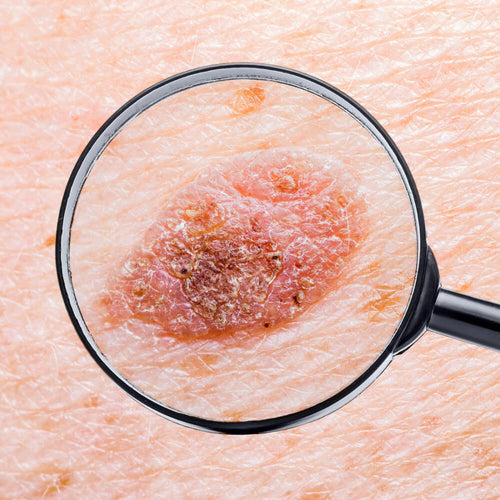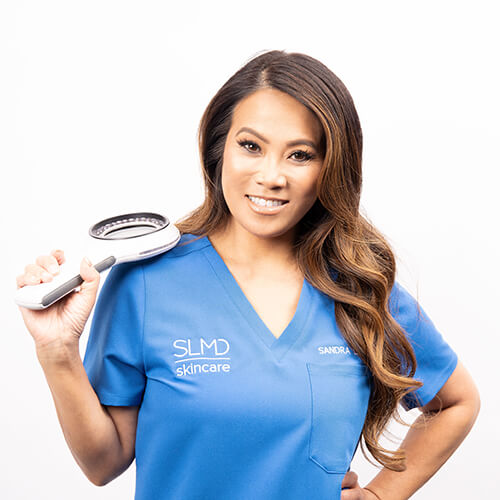
How to Prevent the First Signs of Premature Aging
Fine lines aren't always the first sign of skin damage — here's what to look for, and how to hang onto your youthful glow.Published:
3 minute read
When we hear the phrase premature aging, typically fine lines and wrinkles come to mind. But oftentimes, these creases aren’t the first indication of early skin damage. With the help of SLMD Skincare founder Sandra Lee, MD (aka Dr. Pimple Popper) we’re taking an in-depth look at premature aging: what causes it, the first signs to look for, and how to prevent it —whenever possible.
What causes premature aging?
With all of the hype and marketing surrounding the topic of facial aging, it’s no wonder that many of us aren’t clear on exactly what we can do about it. After all, isn’t aging inevitable?
The answer is yes — and no. This is because there are essentially two types of aging:
- Intrinsic (aka primary or chronological) aging: the impact of time passing, which is affected by unalterable factors like genetics and gravity.
- Extrinsic (aka secondary or premature) aging: the result of our lifestyle choices and environment, including things like smoking and UV exposure.
Maybe you’ve taken one of those quizzes purporting to reveal your “true” age as opposed to your biological age — that’s evaluating your extrinsic vs. intrinsic aging.
Here’s where it gets complicated: these intrinsic and extrinsic factors are interwoven in ways that scientists don’t yet understand. This explains why family members — even identical twins — age in different ways, and why people who make similar lifestyle choices can have completely different ways of aging.
Dr. Pimple Popper's Premature Aging Preventers
What are the signs of premature aging?
Now that we’re on the same page definition-wise, we can delve into some of the major signs of secondary aging, and how to address them.
#1 Dark spots (aka hyperpigmentation)
Sometimes called sunspots or liver spots, these dark areas occur when excess melanin (that’s the pigment responsible for skin color) is produced by your skin cells. Hyperpigmentation is commonly caused by:
- Wounds (including acne)
- UV damage
- Hormonal changes
Minimizing the look of dark marks requires patience and prevention, says Dr. Lee. The key is to combine exfoliation and protection to help skin appear brighter over time. Incorporate these ingredients into your routine:
- Retinol boosts cell turnover, essentially speeding up the shedding of dead cells (including those hyperpigmented ones).
- Antioxidants like kojic acid, niacinamide and vitamin C help protect skin against environmental damage.
#2 Dullness
A lackluster complexion can have many underlying causes, but often results from the slowing of our skin cycle. Up until our 30s or so, new skin cells form and are pushed to the surface about every 28 days on average. That duration can double as we move into our 50s, and even quadruple as we hit our 70s.
This is where exfoliation — sloughing away dead, outer layers of skin cells — comes in. Regular use of chemical exfoliants like these can brighten and refine your skin, as long as you don't overdo it.
- Salicylic acid is an oil-soluble, chemical exfoliant capable of penetrating deep into pores to help rid skin of excess oil, dirt and dead cell buildup.
- Glycolic acid helps reduce the appearance of fine lines and wrinkles, while evening out skin texture and tone.
#3 Fine lines and wrinkles
Skin starts to crease for a variety of reasons: repetitive motion, gravity, and structural breakdown, to name a few. So it makes sense that sleeping upside down and never smiling are the best ways to avoid fine lines and wrinkles — just kidding ;-)
According to Dr. Lee, consistently using skin care that promotes balance and supports collagen and elastin production will help your skin stay more youthful looking, longer. Here are a few of her favorite ingredients for the job:
- Vitamin C is a powerful antioxidant that promotes collagen production and protects against free radical damage.
- Retinol boosts collagen and elastin production to help support skin’s structure.
- Hyaluronic acid draws water into the skin, imparting a more plump appearance and lending a more youthful glow
Dr. Lee’s top tips for preventing premature aging
Incorporating effective skincare into your routine is one of the best ways to ward off the signs of aging, says Dr. Lee. But here are a few more suggestions from the dermatologist:
- Always use sunscreen! This is Dr. Lee’s number one rule. Look for lightweight formulas that won't exacerbate clogged pores or acne.
- Wear a hat and sunglasses. This is one of the best ways to avoid developing crow’s feet, since squinting is a major culprit.
- Choose a healthy lifestyle. Exercise and plenty of sleep help skin rejuvenate. Don’t smoke/vape. Smoking causes wrinkles and damages skin — a double whammy.
- Sleep on your back. Side/stomach sleeping causes wrinkles to form on the face and chest over time.

Dr. Lee's Last Word
Patients are always asking me about what they can do to prevent aging. I think it’s important to be realistic — to age “gratefully” — but there are measures we can take to keep our skin looking youthful for as long as possible. A consistent skincare routine that incorporates sunscreen and retinol is extremely beneficial. And for those patients who want to take things a step further, we can always add in some Botox and hyaluronic acid fillers.



